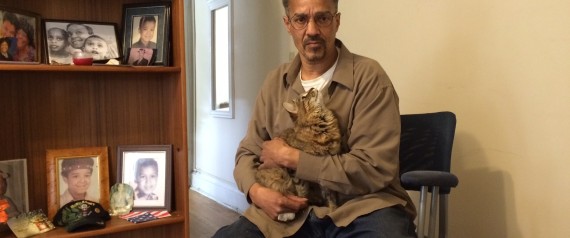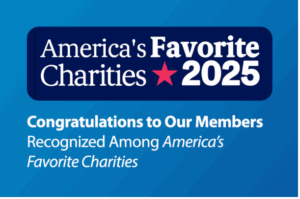Sarah Ford | March 31, 2015
How Giving Homes To The Homeless Reduces Homelessness
In the 1990s, at a time when temporary shelters were often the only options available to homeless people, Pathways to Housing, a New York-based nonprofit pioneered an innovative solution to chronic homelessness: giving the homeless homes – an approach now referred to as “housing first”. Since then, the “housing first” approach has been adopted by the federal government and numerous nonprofits serving the homeless population. Housing first is not only effective in getting homeless people off the streets. It is also designed to save the government money.
According to a February analysis commissioned by Miriam’s Kitchen, D.C’s 400 most vulnerable chronically homeless people soak up an average of $40,000 per person annually in ambulance rides, hospitalizations and run-ins with the law. By contrast, rent and social services for someone in a permanent supportive housing program run about $20,000 annually.

Get Resources and Insights Straight To Your Inbox
Explore More Articles
Congratulations to Our Members Recognized Among America’s Favorite Charities
Each year, The Chronicle of Philanthropy releases its list of America’s Favorite Charities—the 100 nonprofits that raise the most from individual donors, foundations, and corporate…
Read ArticleThe Future of Corporate Giving: How Nonprofits Can Prepare
Corporate giving is a valuable part of the nonprofit funding ecosystem. Companies large and small have incorporated philanthropic efforts into their overall business plans, from…
Read ArticleJoin Us at the Workplace Fundraising & Volunteering Summit!
We’re excited to announce that America’s Charities President, Jim Starr, and Board Member, Fernando Lorence of JP Morgan Chase, will be speaking at the Workplace…
Read ArticleGet Resources and Insights Straight To Your Inbox
Receive our monthly/bi-monthly newsletter filled with information about causes, nonprofit impact, and topics important for corporate social responsibility and employee engagement professionals, including disaster response, workplace giving, matching gifts, employee assistance funds, volunteering, scholarship award program management, grantmaking, and other philanthropic initiatives.




